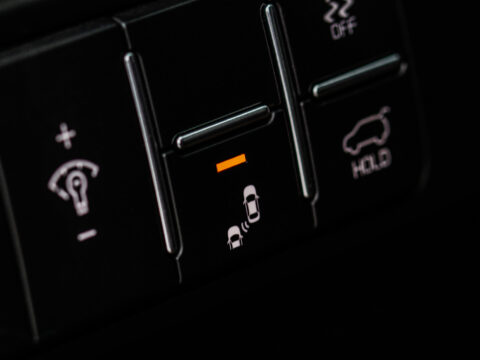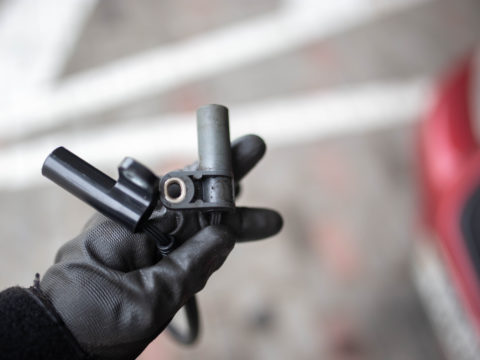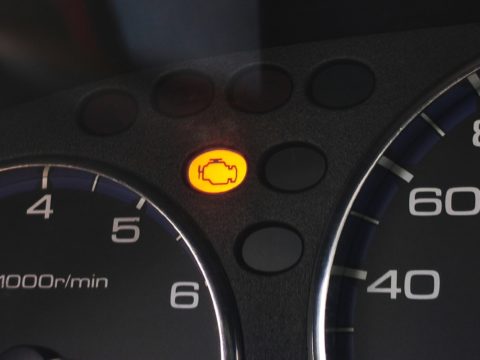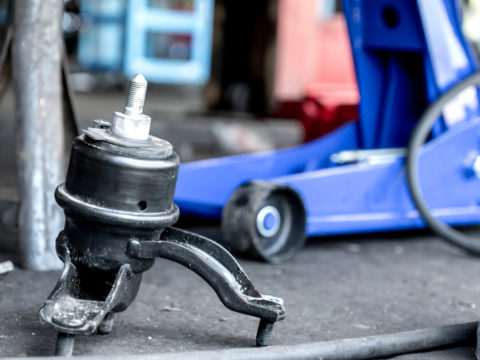A vehicle’s fuses protect its electrical system and components from power surges. All vehicles are fitted with multiple switches for specific electrical components. The neutral safety switch is an integral electrical component in every car, and each has a fuse to protect it from power surges.
Here is a comprehensive guide on the neutral safety switch. You will learn how it works, where the fuse fits in, and how to test for problems with your car’s neutral safety switch and fuse.
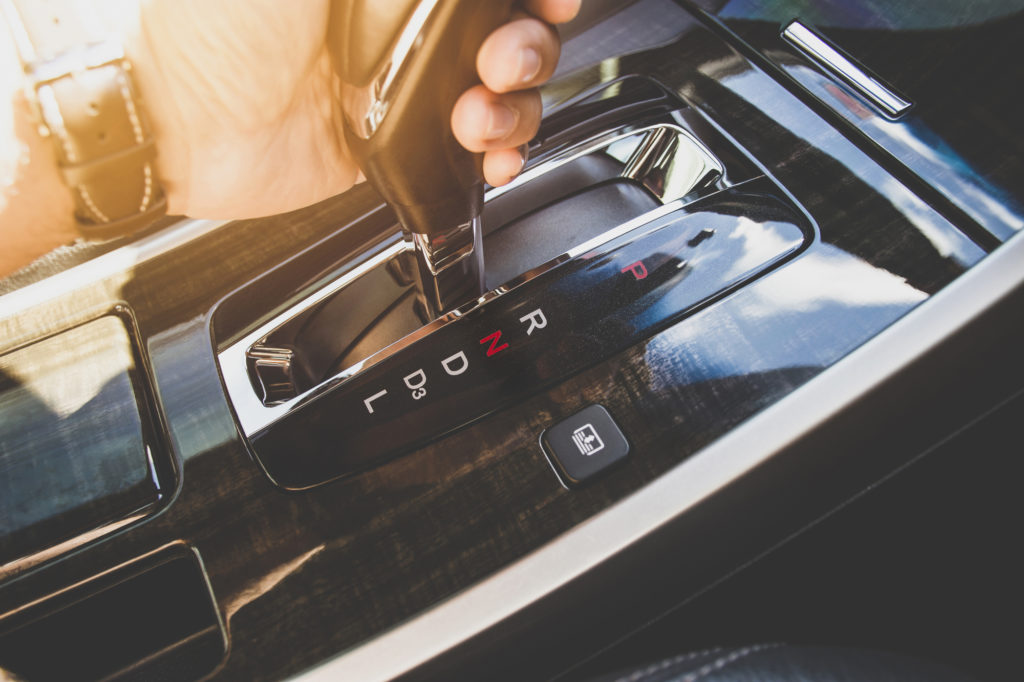
The neutral safety switch is an integral safety component in a vehicle. Therefore, every vehicle (automatic and manual) is fitted with one.
Have you ever noticed that you need to set your vehicle to park or neutral mode for it to start? Try as you may, the car will not start when set in any other gear. This is a safety mechanism that is triggered by the neutral safety switch whenever you try to start your car.
Contents
Where Is the Neutral Safety Switch Located?
The neutral safety switch’s location varies depending on the vehicle’s transmission – whether it is manual or automatic. Ordinary vehicles are fitted with three main types of transmission systems. Here is a brief overview of the neutral safety switch’s location depending on your car’s transmission system.
Manual
A manual vehicle’s neutral safety switch is located on the clutch pedal – essentially, it is a clutch safety switch. Interestingly, you can start a manual vehicle in any gear as long as you press down on the clutch.
Automatic (Column Shifter)
An automatic vehicle with a column shifter features a neutral safety switch under the shifter in the column. The switch plugs directly into the car’s wiring harness.
Automatic (Floor Shifter)
An automatic vehicle with a floor-mounted shifter features a neutral safety switch in one of two locations: on the transmission or under the shifter. Ideally, the shifter is the most accessible place to start looking if you don’t know the switch’s precise location.
Neutral Safety Switch Wiring
The neutral safety switch is connected to the car’s wiring harness. Different cars’ switches have varying wiring schematics. Some have two wires attached to the connectors, while others have only one.
You don’t need to understand the switch’s wiring schematics – ideally, you only need to identify the outgoing and incoming voltage wires. However, it is advisable to reference the car’s wiring diagram if you don’t understand the neutral safety switch’s wiring schematics.
Is There a Fuse for the Neutral Safety Switch?
Yes, every vehicle has a fuse for its neutral safety switch. Unfortunately, the fuse functions as a surge protector – it will blow before the excess power reaches the neutral safety switch. Therefore, replacing the switch’s fuse immediately after blowing is essential.
Neutral safety switch fuses come in varying shapes and sizes. They also have varying amperage ratings. You must use one compatible with your car’s neutral safety switch’s amperage rating to avoid more circuit and electrical issues.
How Do You Check a Neutral Safety Switch?
A malfunctioning neutral safety switch is dangerous, and it is advisable to test yours as soon as you suspect any problems. Here is a brief step-by-step guide on checking and testing a neutral safety switch.
Equipment Needed
You will need the following tools and equipment to test your car’s safety neutral switch. Notably, the tools vary depending on the vehicle’s transmission system. The tools needed include:
- Voltmeter
- Jump wire
- Ratchet
- Socket set
- Screwdriver
It is worth noting that the voltmeter and jump wire only work on cars with manual transmission systems, while the rest are required for a car with an automatic transmission system. You may also need a floor jack and jack stands.
Step 1: Locate the Neutral Safety Switch
First, you need to locate your car’s neutral safety switch. As discussed earlier, the switch’s location will depend on the car’s transmission system.
Ideally, you should check under the clutch pedal for manual cars and either on the transmission or shifter for automatic cars – it looks somewhat like a cigarette lighter. You can also consult your vehicle’s manufacturer or a professional if you cannot locate the switch.
Step 2: Check the Wiring
The next step involves unplugging the neutral safety switch from the wiring connector. The switch is connected to the starter solenoid using several wires.
Different vehicle makes and models have varying wiring layouts, and it is advisable to reference your vehicle’s wiring manual if you aren’t familiar with the technical details.
Step 3: Test for Power
Testing for power may seem complicated, but it’s easy if you follow the instructions correctly. Do the following to test the wiring harness and neutral safety switch for power:
- Set the gear in reverse.
- Insert the key into the ignition switch without turning it on.
- Attach a 12-volt test light to the wiring connectors to check for power. The wiring harness should light the test bulb if it is not faulty.
- Reattach the neutral safety switch to the wiring connectors. Ideally, the bulb should light if the switch is functioning properly.
The bulb may not light up immediately after reconnecting the neutral safety switch, which may indicate a problem with the wiring harness. In this case, testing all the wires for loose connections is advisable. However, it is safe to conclude that the neutral safety switch is faulty if you don’t detect loose connections.
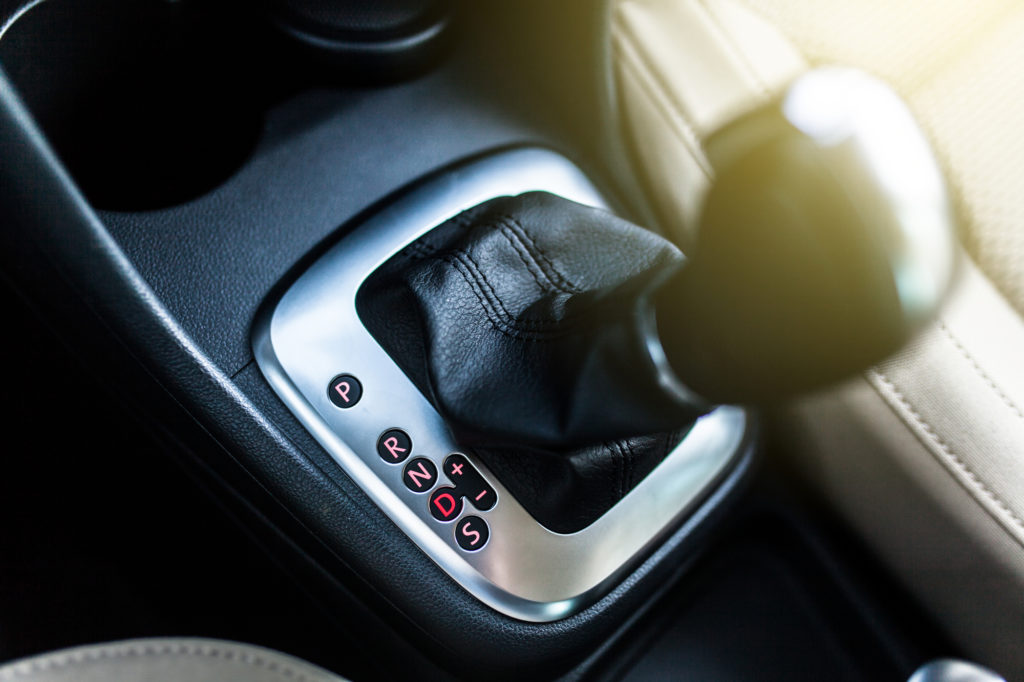
What Happens When the Neutral Safety Switch Goes Bad?
A faulty neutral safety switch can make your car difficult or impossible to start. At the very least, you may need to turn the ignition switch several times while switching between the park and neutral modes before the car can start.
However, a dead neutral safety switch may cut off all power to the starter, so you may also need to bypass it to start your car.
Symptoms of a Bad Neutral Safety Switch
How can you tell if your car’s neutral safety switch is faulty? The following symptoms are good indicators:
- The car’s engine doesn’t crank when you turn the ignition key on while in park mode.
- The car’s engine cranks in park mode but doesn’t when in neutral mode.
- The car’s engine doesn’t crank in both neutral and park modes.
- The car cranks in any gear (a potential safety hazard).
- The backup lights don’t turn on when in reverse mode.
It is worth noting that these symptoms could be indicators of problems with other electrical and mechanical components. Ultimately, it is advisable to schedule comprehensive diagnostics before testing the neutral safety switch.
Neutral Safety Switch Replacement
It is important to replace a bad neutral safety switch as quickly as possible. Fortunately, the process is fast and easy. You only need to unplug the switch, loosen the mounting bolts, and wiggle it to get it out. You can then insert a new one, fasten the mounting bolts, and plug it into the connectors.

